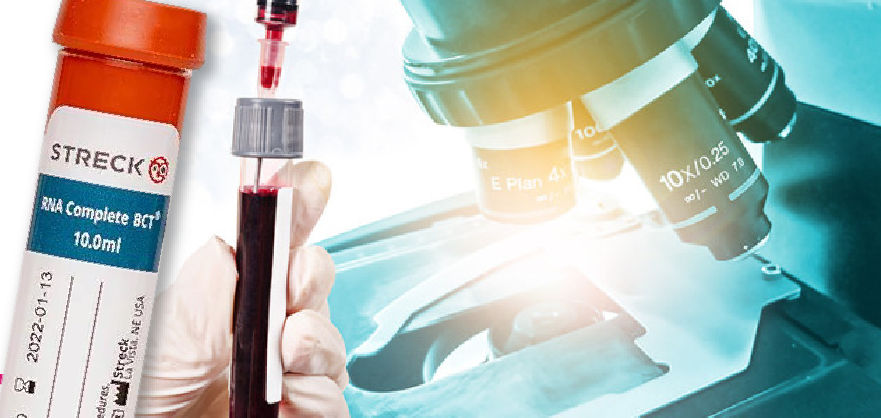COMBINACIÓN DE NIVOLUMAB MÁS IPILIMUMAB FRENTE A QUIMIOTERAPIA COMO TRATAMIENTO DE PRIMERA LINEA EN PACIENTES CON UN SUBTIPIO DE CANCER COLORRECTAL METASTÁSICO LLAMADO MSI-H/DMMR
El cáncer colorrectal es el más frecuente en nuestro entorno afectando a mujeres y hombres y es la segunda causa de muerte por cáncer a nivel mundial. En España se estima que se diagnosticarán 40.000 nuevos casos. Y el dato preocupante es que cada vez se está diagnosticando en edades cada vez más tempranas. La […]


